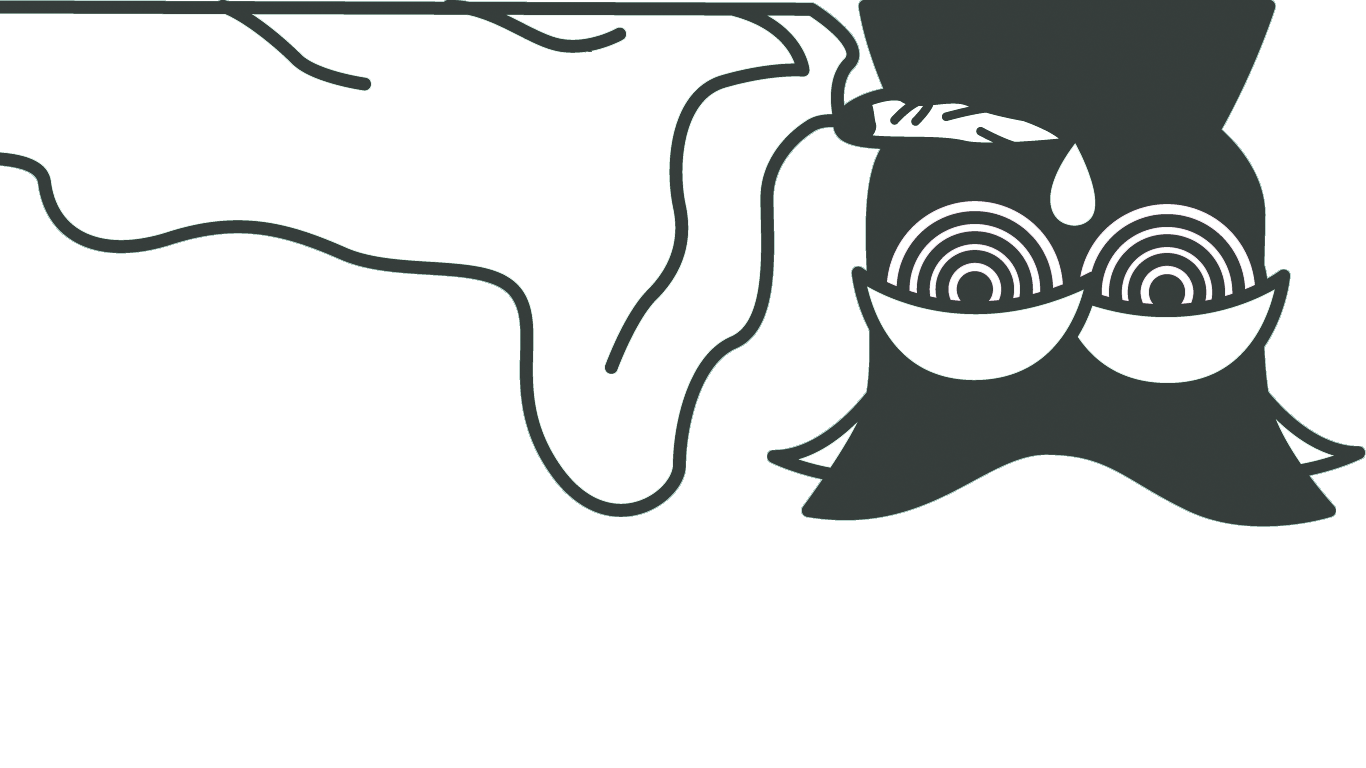CANNABIS 101
Grow lights are essential for providing the right amount of light for the plants to thrive. There are many different types of grow lights available, and choosing the right one can be a daunting task. To help you make the right decision, we have compiled a list of the top 5 cannabis grow lights. These […]
Cannabis is a popular plant that is used for medicinal and recreational purposes. It is important to provide the right nutrients to your cannabis plants in order to ensure they grow healthy and produce high-quality buds. Fertilizers are an essential part of cannabis cultivation, as they provide the necessary nutrients for the plants to thrive. […]
Cannabis terpenes are the aromatic compounds found in the cannabis plant that give it its unique smell and flavor. They are responsible for the different aromas and flavors of different cannabis strains, and they can also have an effect on the effects of the cannabis when consumed. Terpenes are found in many other plants, and […]
In this article, we will explore how cannabis terpenes work and how they can be used to enhance the effects of cannabis. We will also discuss the different types of terpenes and their potential therapeutic benefits. Exploring the Science Behind Cannabis Terpenes: How Do They Work? Cannabis terpenes are the aromatic compounds that give cannabis […]
Cannabis terpenes are the aromatic compounds found in the essential oils of the cannabis plant. They are responsible for the unique smell and flavor of each strain of cannabis, and they also have a variety of therapeutic effects. Terpenes are found in many plants, but cannabis has a particularly high concentration of them. In this […]
Extracting cannabis terpenes is a process that involves separating the terpenes from the plant material. This can be done through a variety of methods, including steam distillation, solvent extraction, and supercritical CO2 extraction. In this article, we will discuss the different methods of extracting cannabis terpenes and the benefits of each. We will also discuss […]
Ocimene is one of the most common terpenes found in cannabis, and it has a sweet, herbal, and woody aroma. Ocimene is known for its anti-inflammatory, antifungal, and antiviral properties, and it is also believed to have sedative and anxiolytic effects. In addition, ocimene has been found to have potential therapeutic benefits for conditions such […]
Terpinolene is one of the most common terpenes found in cannabis, and it has a wide range of effects on the body and mind. It has been used for centuries to treat a variety of ailments, and it is now being studied for its potential therapeutic benefits. In this article, we will explore the effects […]
Cannabis terpene Humulene is a naturally occurring terpene found in the essential oils of many plants, including cannabis. It has a woody, earthy aroma and is known for its anti-inflammatory and antibacterial properties. Humulene is also known to have a calming effect on the body and mind, making it a popular choice for those looking […]
Cannabis terpene Linalool is a naturally occurring terpene found in many plants, including cannabis. It is known for its sweet, floral aroma and is one of the most abundant terpenes in cannabis. Linalool has been studied for its potential therapeutic benefits, including its anti-inflammatory, anti-anxiety, and anti-depressant effects. It is also believed to have analgesic […]

